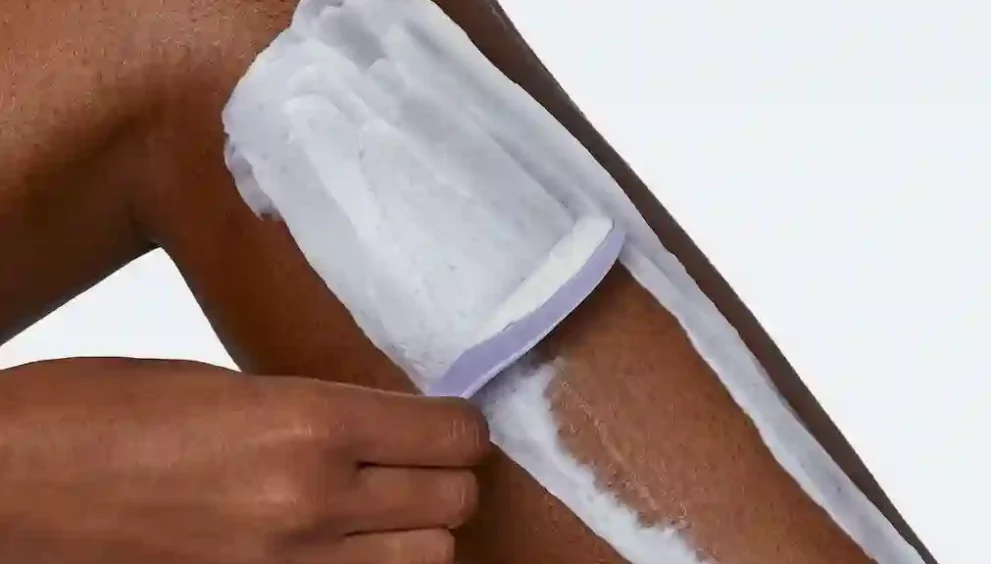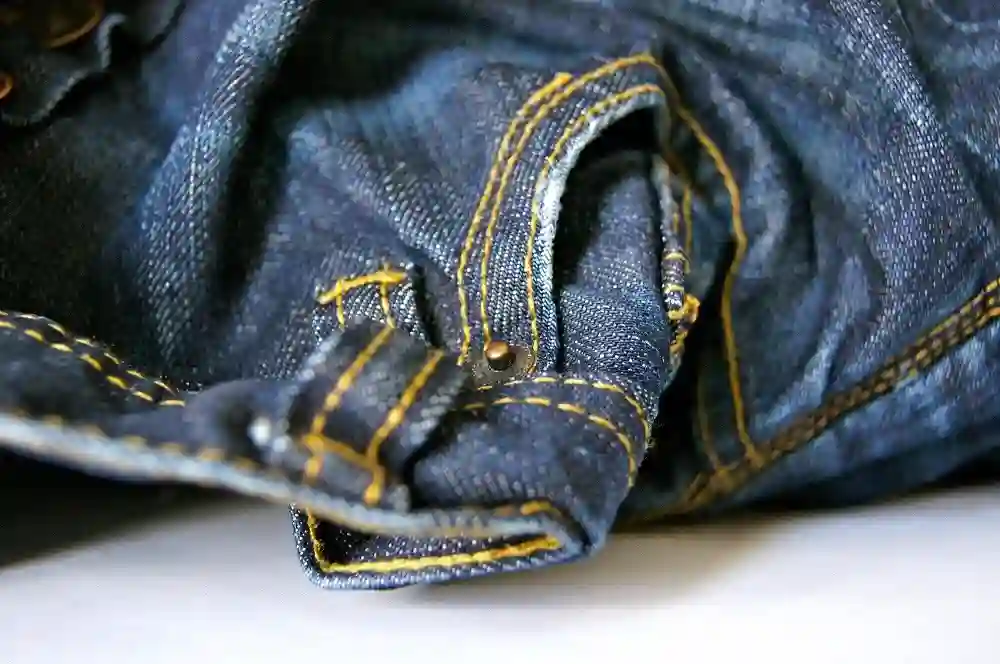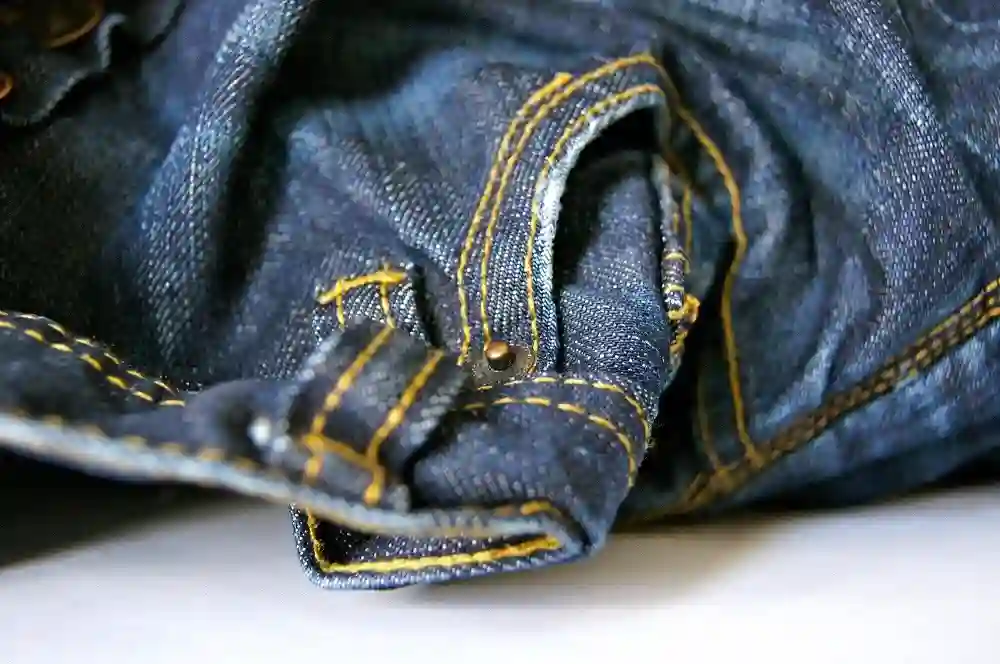A Comprehensive Guide to Removing Bikini and Pubic Hair: Techniques, Tips, and Precautions

Hair removal in the bikini and pubic area has become a common grooming practice for many individuals. Whether for personal preference, hygiene, or cultural reasons, there are various techniques available to remove bikini and pubic hair.
In this article, we will explore these techniques, provide tips for effective hair removal, and discuss precautions to ensure a safe and comfortable experience.
Trim Before Removal
Before opting for any hair removal method, it’s advisable to trim the hair in the bikini and pubic area. This step helps to reduce discomfort during the hair removal process and allows for easier access to the hair follicles.
Shaving
Shaving is one of the most popular and accessible methods for removing bikini hair. Here’s how to do it effectively:
Soften the hair: Take a warm shower or soak in a bathtub for a few minutes to soften the hair, making it easier to shave.
Use a sharp razor: Invest in a high-quality razor designed for sensitive areas. Dull blades can cause irritation and nicks.
Apply shaving cream or gel: Apply a generous amount of shaving cream or gel to the area to be shaved. This helps the razor glide smoothly and minimizes friction.
Shave with caution: Shave in the direction of hair growth to minimize irritation. Avoid going over the same area repeatedly to prevent razor burn. Rinse the razor frequently to remove hair buildup.
Rinse and moisturize: After shaving, rinse the area with warm water and pat it dry gently. Apply a soothing moisturizer to reduce irritation and keep the skin hydrated.
Waxing
Waxing provides longer-lasting results compared to shaving. It involves the removal of hair from the root. Here are the steps for a successful waxing session:
Preparation: Ensure the hair is at least a quarter-inch long for optimal results. Clean the area thoroughly and dry it completely.
Test the temperature: Before applying the wax, test its temperature on a small area of skin to avoid burns.
Apply the wax: Use a spatula or waxing strip to apply the wax in the direction of hair growth. Press a waxing strip firmly onto the wax and smooth it down.
Remove the strip: Hold the skin taut and swiftly pull the strip in the opposite direction of hair growth. Be sure to pull parallel to the skin’s surface to minimize discomfort.
Soothe the skin: After waxing, apply a post-waxing oil or lotion to calm the skin and remove any residual wax.
Maintenance: To maintain smoothness, repeat the waxing process every 3-4 weeks.
Depilatory Creams
Depilatory creams, also known as hair removal creams, contain chemicals that dissolve the hair at the surface of the skin. Here’s how to use them effectively:
Patch test: Before applying the cream to the entire area, perform a patch test on a small part of the skin to check for any adverse reactions or allergies.
Apply the cream: Use a spatula or your fingers to apply a thick, even layer of the depilatory cream on the desired area. Follow the instructions provided by the manufacturer regarding the application time.
Remove the cream: Using the spatula or a damp cloth, gently remove the cream along with the dissolved hair. Rinse the area with water and pat it dry.
Moisturize: Apply a gentle moisturizer to soothe the skin and restore moisture.
Laser Hair Removal and Professional Waxing
For those seeking long-term hair removal solutions, professional waxing and laser hair removal are options worth considering. These methods typically require multiple sessions and should be performed by experienced professionals to ensure safety and effectiveness. ULike devices use IPL technology, which emits intense light pulses to target the melanin in hair follicles.
The light is absorbed by the melanin, which converts it into heat. This heat then damages the follicles, leading to a reduction in hair growth over time. Laser hair removal uses concentrated light to target and destroy hair follicles, leading to a reduction in hair growth.
Precautions to Consider
Cleanliness: Ensure proper hygiene by thoroughly cleaning the area before and after hair removal.
Skin sensitivity: Be mindful of your skin’s sensitivity and choose products and techniques accordingly. Perform a patch test to check for any adverse reactions.
Exfoliation: Regularly exfoliate the bikini and pubic area to prevent ingrown hairs and maintain smooth skin.
Post-hair removal care: Avoid tight clothing, excessive sweating, and exposure to direct sunlight immediately after hair removal to prevent irritation and infection.
Seek professional help: If you’re unsure or uncomfortable with DIY hair removal, consider seeking professional assistance.
Conclusion
Removing bikini and pubic hair is a personal choice, and there are various techniques available to suit individual preferences. Whether you opt for shaving, waxing, depilatory creams, or professional treatments like laser hair removal, it’s important to follow the appropriate steps, consider precautions, and prioritize your comfort and safety throughout the process. Choose the method that works best for you, and don’t hesitate to consult professionals for guidance if needed.

















































































































































































































































































































































































































































































































































































































































































































































































































































































































































































































































































































































































































































































































































































































































































































































































































































































































































































































































